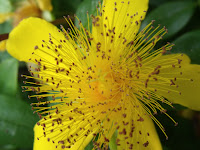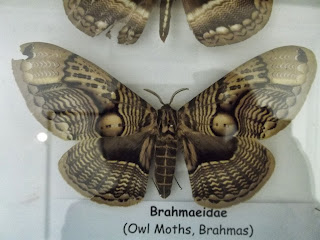 |
| Decayed Rose |

Here we see the
rose at an abstract
angle, encapsulating
the center...
 |
| Close up of ageing rose. |
 Leaves provide oxygen and are a food source for other life forms, such as caterpillars humans etc. The veins on a leaf are vascular tissue through which resources are dispersed. It is a kind of life cycle for all living things, the vascular plants provide us with oxygen, and in return, we provide the carbon dioxide to help the plants survive.
Leaves provide oxygen and are a food source for other life forms, such as caterpillars humans etc. The veins on a leaf are vascular tissue through which resources are dispersed. It is a kind of life cycle for all living things, the vascular plants provide us with oxygen, and in return, we provide the carbon dioxide to help the plants survive.
Snakeskin
This snakeskin was shed from my son's corn snake. The scaled pattern on the skin resembles bubble wrap, or even honeycomb.
Corn snakes originate from the southern regions of North America. They are carnivores, feeding on small rodents and frogs every few days in the wild. Their eyes cloud over prior to shedding. Herpetoculturists refer to this process as being opaque.
The skin is exuviated when the snake rubs its body along rough surfaces including bark and stone.
This ladybird pupa was found on a leaf in our local park. It would be very interesting to see how I could adapt this within my designs.

 This orange peel was pictured with light behind it, showing the magnificent texture and speckled skin.
This orange peel was pictured with light behind it, showing the magnificent texture and speckled skin.
More flowers that I discovered in the park below. Each one has a different shape, and each one is very unique. The colours are vivid and attract many living creatures, humans included. Although they are quite alluring, they have a duty to reproduce.
Their pollen is collected by insects such as bees and butterflies. Theay are not only pretty, but we also need them within our life cycle.
 More beautiful flowers full of different textures.
More beautiful flowers full of different textures.

The intertwining of each twig on these branches, presents a wonderful pattern that would be inspirational for design purposes.
 This spider was enjoying his new home in my yard. It is amazing how they spin their thread to make a web and beautiful patterns emerge, but they are deadly to small insects.
This spider was enjoying his new home in my yard. It is amazing how they spin their thread to make a web and beautiful patterns emerge, but they are deadly to small insects.
 The pattern on the sycamore seed is very similar to that of an insect wing. I love the weave effect which to me looks quite like an embroidered detail.
The pattern on the sycamore seed is very similar to that of an insect wing. I love the weave effect which to me looks quite like an embroidered detail.
At the museum.
A selection of butterflies at the World Museum Liverpool.
 The colours on the Grasshoppers are quite beautiful. They would make an interesting subject under the microscope.
The colours on the Grasshoppers are quite beautiful. They would make an interesting subject under the microscope.

The appearance of this hematite at the Museum is not unlike bubbles. The texture of each bubble-like feature looks very smooth.


Add caption
The wings of these lacewing and dragon flies actually do look quite like lace or embroidered material.


The Blue Morphos Butterfly

The wing of this butterfly under a microscope.

The Peacock Butterfly
 More beautiful butterflies.
More beautiful butterflies.
Moths can be beautiful too.
The bubbled appearance of this hematite portrays a smooth surface. It also has an amazing shimmer to it.

 This orange peel was pictured with light behind it, showing the magnificent texture and speckled skin.
This orange peel was pictured with light behind it, showing the magnificent texture and speckled skin. More beautiful flowers full of different textures.
More beautiful flowers full of different textures. This spider was enjoying his new home in my yard. It is amazing how they spin their thread to make a web and beautiful patterns emerge, but they are deadly to small insects.
This spider was enjoying his new home in my yard. It is amazing how they spin their thread to make a web and beautiful patterns emerge, but they are deadly to small insects. The pattern on the sycamore seed is very similar to that of an insect wing. I love the weave effect which to me looks quite like an embroidered detail.
The pattern on the sycamore seed is very similar to that of an insect wing. I love the weave effect which to me looks quite like an embroidered detail. The colours on the Grasshoppers are quite beautiful. They would make an interesting subject under the microscope.
The colours on the Grasshoppers are quite beautiful. They would make an interesting subject under the microscope.



 More beautiful butterflies.
More beautiful butterflies.

Microorganisms mind map.
































 The wing of the Blue Morphos under the microscope
The wing of the Blue Morphos under the microscope






No comments:
Post a Comment